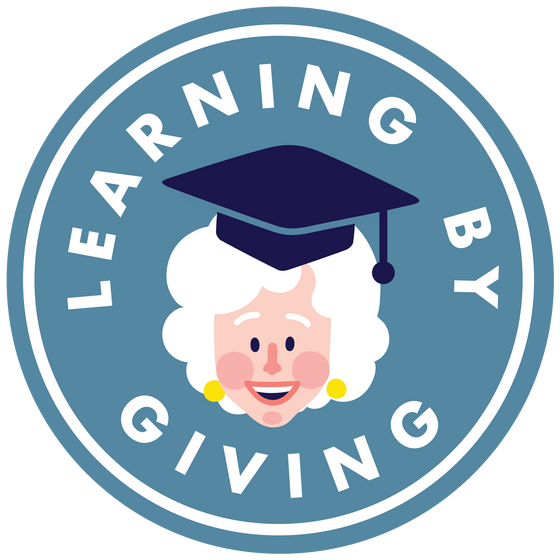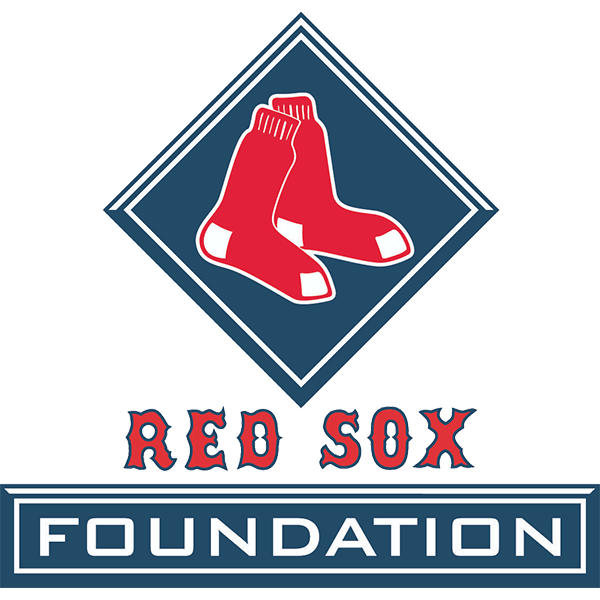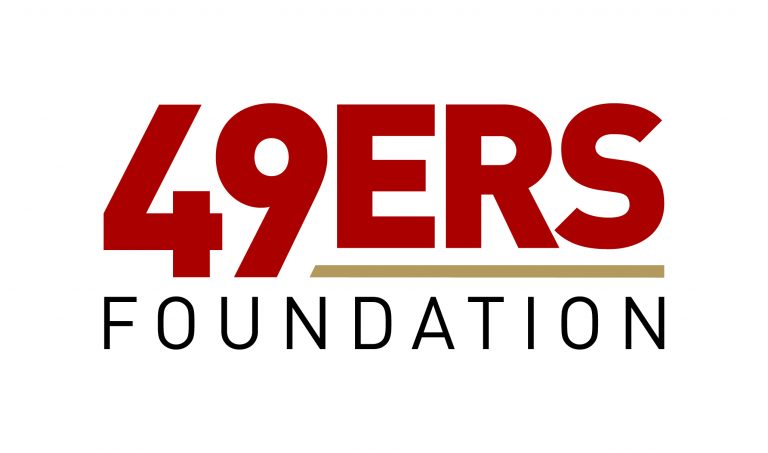Anyone can be a Philanthropist!
Learning by Giving partnered with the The San Francisco 49ers Foundation to teach 49ers STEM Leadership Institute (SLI) high school students experiential philanthropy through an exclusive pilot program at Santa Clara High School in California. Every two weeks during the academic year from now and until the class graduates in 2020, students will work together to identify issues they’re passionate about and find local non-profits that align with those values to give back. In this blog, high school student Liana Williams writes about her experience in the classroom, and the responsibility that exists in deciding how to allocate real money in the community.
Anyone can be a philanthropist. My intention coming into the Learning by Giving course was to make the world a better place with the funds provided by the 49ers EDU. By becoming fully immersed in the mindset of a philanthropist I learned how a simple act of kindness, such as giving time and effort can be enough to improve a person’s day. According to the Cleveland Clinic, “during gift-giving behaviors, “feel good” chemicals are released in our brains, like serotonin (a mood-meditating chemical), dopamine (a feel-good chemical) and oxytocin (a compassion and bonding chemical).” With this information in the back of my mind I felt honored to be a member of the first high school cohort to participate in the Learning by Giving experience. In addition, I was excited to hear about the opportunity to donate $10,000 to a charity in the Bay Area but, I suspected early on that picking only one organization was going to be difficult. However, towards the last week of school my class began to accept applications that fit our mission statement to “combat hunger and foster self-sufficiency in the Bay Area’s under-resourced communities by funding organizations that seek to provide adequate nutrition”.
Towards the beginning of the two month long course my class had the privilege of discussing with two professors, that teach the Learning by Giving course at UC Berkeley, on how one’s passions and personal connections influence decision-making. I distinctly remember one of the professors stating that “when it comes to philanthropy there is no right or wrong decision since one is taking the effort to contribute.” Following this statement my classmates and I were prompted to complete an activity that decided which ten people would be sent to repopulate the next generation on Mars. Then the professors split us into eight table groups each with four people. On the paper was a list of 20 people with descriptions that ranged from an infant to a scientist. Initially, my group took the strategic approach by keeping a wife and husband that were already expecting a child together and eliminating the possibility of sending a 95 year old man to Mars. Some controversy occurred when one member of my group felt inclined to keep the newborn infant even though it was abandoned. At first I did not understand why my classmate thought it was important to send the child to Mars but, after discussing I found out that she had a personal connection to deserting a newborn baby. As a result, my group had to take this emotional factor into consideration.
This activity was a great segway to evaluating different perspectives when it comes to the decision making process, an aspect of the Learning by Giving course, as we were astonished to agree to disagree but still narrow our decision. In addition, by learning early on that not all decisions were going to be based on which individuals needed the money, I found that it was important to know where my classmates passions resided. Although the student in my group had a valid reason to send a certain person to repopulate the Earth, without evaluating other perspectives my group had trouble deciding. In the end my group came up with criteria for the individuals we would choose and a majority vote determined our verdict.
The course was eye-opening and it allowed for me to discover the vast amount of organizations that currently exist in the Bay Area as well as the various ways a person is able to contribute. The course had aspects that could apply to corporate decisions such as working together to develop an agreement of our restricted donation; reaching out to existing organizations through email; creating a Request for Proposal (RFP) and website to accept applications; and working in a professional manner by communicating ideas with constructive criticism. I found that the most difficult aspect of the course was making the decision of which organization we were going to select. Through the extensive decision process my class decided on hunger as the broader term for the organizations we are hoping to attract.
Currently, my class is in the process of contacting local organizations that fit our mission and vision statement criteria and will decide later this summer which organization we want to donate. This course has taught me about the heavy responsibility my classmates and I faced allocating a large amount of money. Furthermore, by now enduring in such a difficult decision process I take away the knowledge that in philanthropy most people have different passions but, by considering a majority of the similarities it is possible to arrive at the same conclusion.





